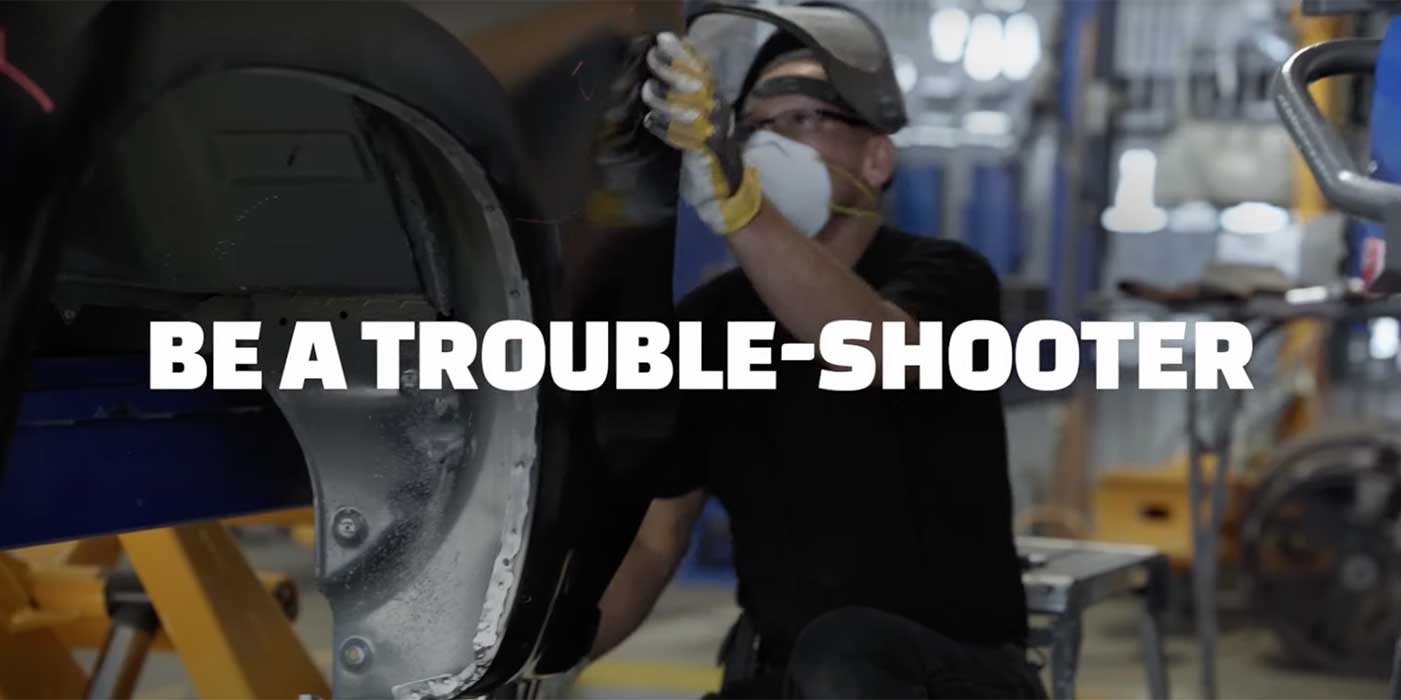The insurance marketplace hasn’t exactly been a walk in the park for body shop owners. With many large carriers exiting this market, you may have some concerns about finding the right coverage for the many risks you encounter on a daily basis:
- Will my shop have the proper protection?
- How can I find a competitive rate?
- Will I have support if I face a claim?
While it may be true that some carriers are pulling back, that doesn’t mean your unique risks will go unprotected — you may just need to tune up your existing insurance strategy.
If you’re looking to improve your shop operations and set yourself up for success in 2024, remember these three insurance strategies:
Align Yourself with a Solid Independent Insurance Agent
Whether you’ve been with your current agent for decades or are searching for a new one, it’s critical to remember they are there for you. Beyond shopping for your coverage, they can serve as a strategic advisor for things like navigating the claims process or evaluating potential risks in your shop. Why not use their expertise to your advantage?
If you happen to be looking for a new agent, there are some key questions you’ll want to ask to get a feel for their knowledge of body shop operations and whether they can truly serve as a specialist for you. These include:
- Do you represent other garages and body shops?
- Can I put my property with my auto on the same policy?
- What about workers’ comp? Is this something you can cover?
Avoid Common Mishaps
It’s more difficult than ever to avoid human error. With today’s advanced vehicle technology, a misplaced wire or misconfigured electronic component can happen easily — yet impact the entire functionality of a car.
In addition to electronic-related issues, which are widespread today, these are some of the most common mishaps we see:
- Improper use of vehicle lifts and misplacement of handbrakes
- Inadequate lot and garage security
- Routine tasks that go awry, such as forgetting to plug the oil pan back in after a change
- Accidents occurring during vehicle test drives
- Lack of quality controls – for every procedure in your shop
Training and standardized procedures are especially important in the body shop space. They not only ensure the success of the employee and your shop, but also lessen the likelihood of costly mistakes. Consistency is key — and all training needs to be documented.
Training does not mean you need to send employees to weeklong training sessions. Rather, there should be a best practices checklist or brief procedural guide that outlines all the steps employees should take each time they’re doing a specific job. This document should be reviewed with each employee with the expectation that they should follow every step, every time. Body shop owners should make it mandatory that each employee reads and signs the document.
Pay Attention to Claims Trends and Trust the Process
Our in-house claims team has a front-row seat to some of the biggest body shop risks out there, and there are plenty of them. In fact, industry experts have estimated that nearly 90% of collision repair industry revenue is from insurance claim-paid work.
Just recently, we saw a claim where an intruder broke into the lot and did a derby “smash-up” with one of the vehicles, resulting in tremendous damage. Without the proper protection, the shop owner could have been held liable and paid the tab in full.
If and when a claim does occur, it’s important to be familiar with the claims process. The longer a claim is open, the more costly it can become. Here’s what you can expect:
- First notice of loss. Have detailed information ready, such as policy number, date of loss and contact information. Be sure to include a cell phone number for more direct contact. This ultimately speeds up the claims process! The quicker the claim is reported, the quicker the financial resolution. We see around 6% of claims reported 30 days post-incident, which can drive up the cost of the claim exponentially.
- Coverage review/investigation. We understand it can be frustrating to wait for an independent claims adjuster to come out and assess the damage. However, it may not be needed. Many insurance providers today will accept photos of minor damage instead. For example, if a vehicle involved in an incident is still drivable, it may be eligible to bypass an adjuster visit.
- Liability investigation. The questions posed during a liability investigation will vary based on the type of loss. One thing is for certain: you can expect very detailed questions around what was happening leading up to the loss and, specifically, how the loss occurred.
- Evaluation (if needed). If there is negligence on the part of the shop owner, we then move on to an evaluation where the claimant must prove their damages. Let’s say, for example, a body shop completed repairs on a vehicle. As the customer drives the vehicle down the road, the wheels fall off because the mechanic did not tighten the lug nuts. In this case, negligence has been proven. The resulting damages to the vehicle due to the “accident” will then be evaluated and resolved accordingly.
- Resolution. The time it takes for a claim to be resolved can vary. Property damage claims tend to have quicker resolutions than bodily injury claims as the latter often have a number of other factors in play, including the extent of an injury, treatment and recovery.
While a shifting insurance market can be tough, you’re in a prime position to recalibrate your existing strategy. Heading into 2024, align yourself with a trusted insurance agent — someone who has experience in the body shop industry, is advice-centric and will be by your side way beyond policy sale. Stay abreast of common mishaps, especially related to vehicle technology. While innovation has made our lives easier in many ways, it has complicated the collision repair process significantly. Finally, familiarize yourself with claims trends and the claims process. Better organization will ultimately lead to a quicker resolution.














